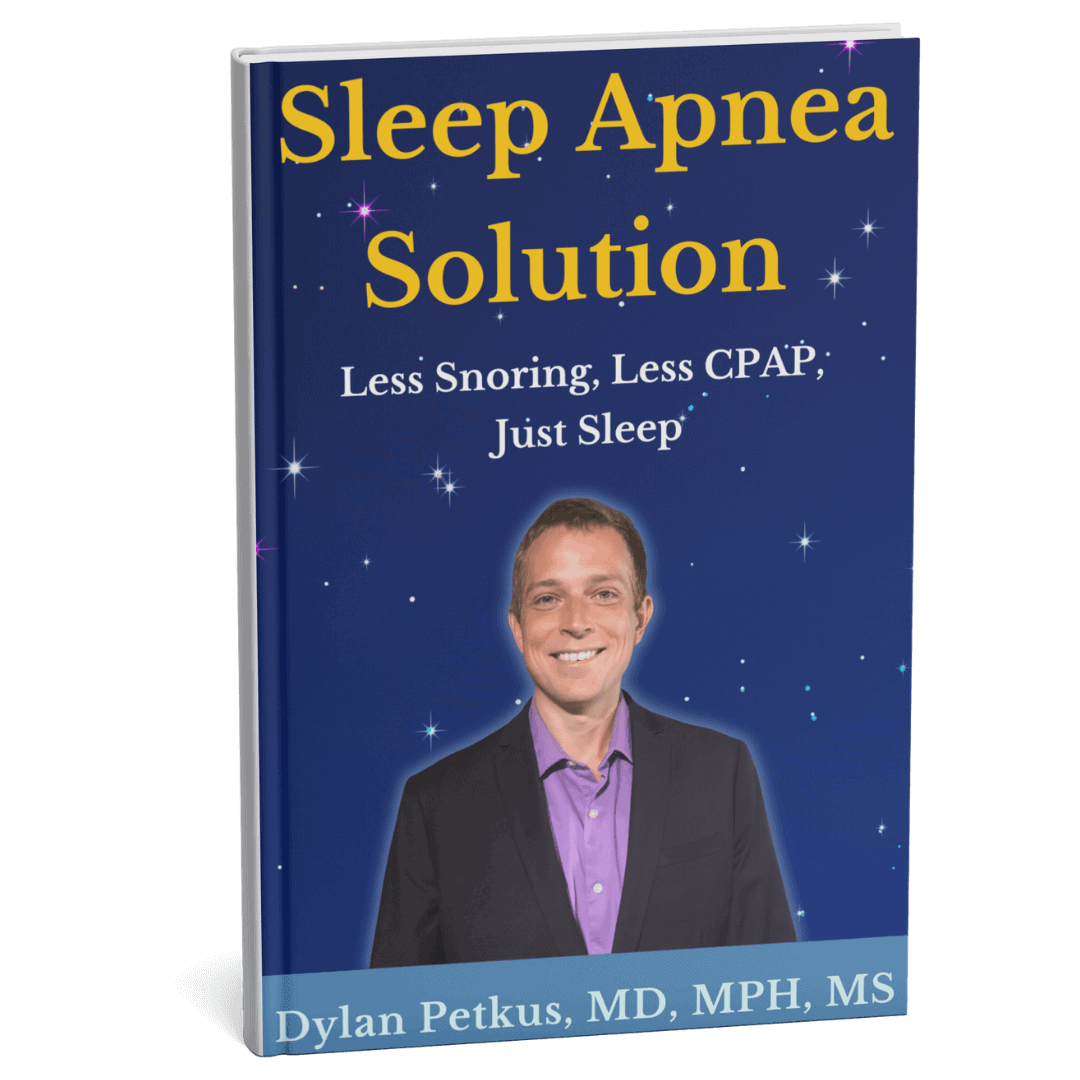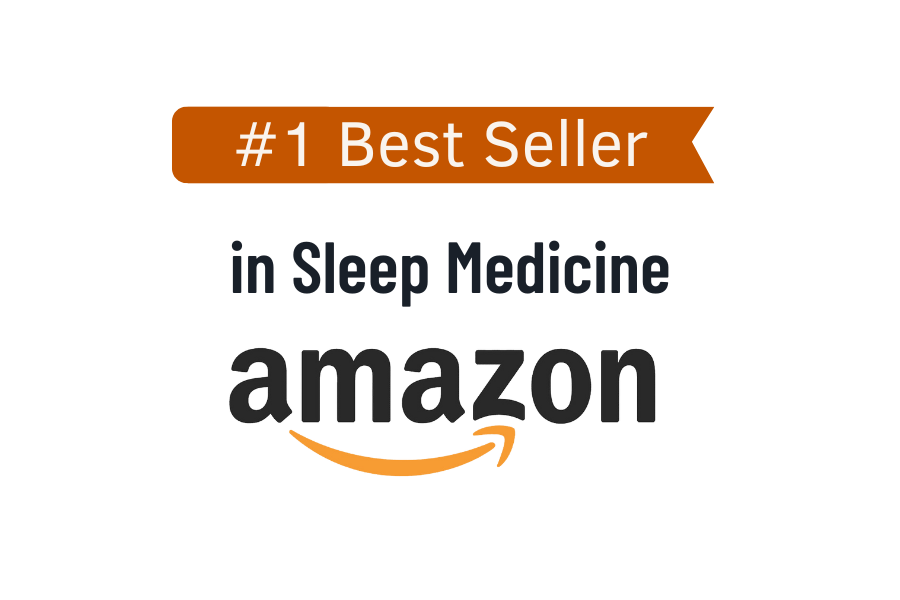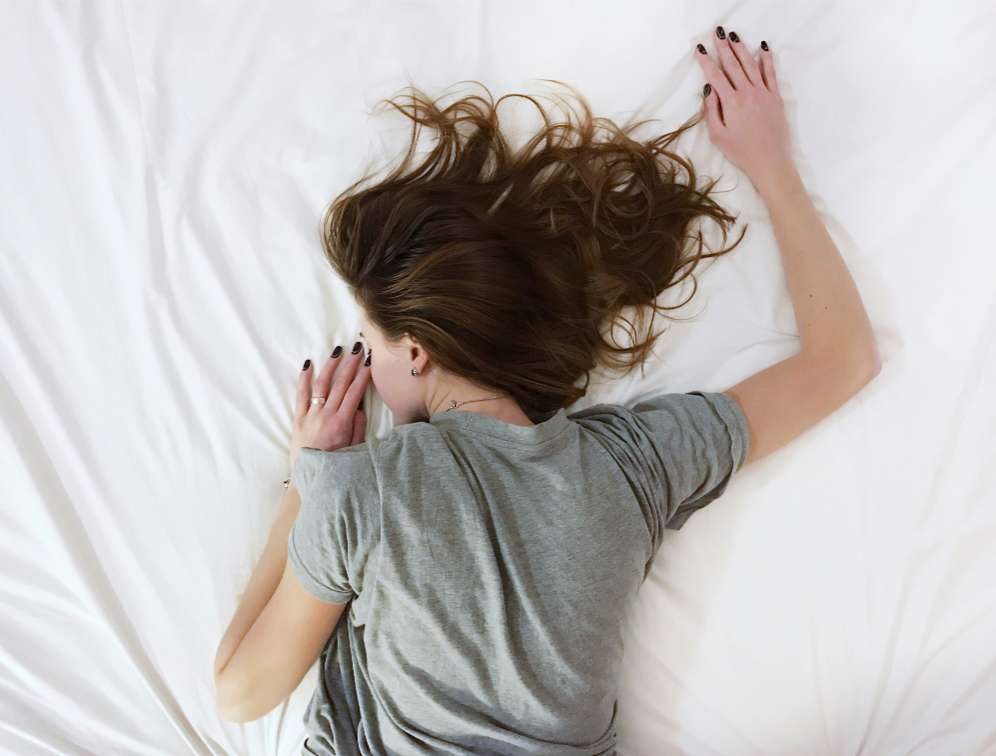
Are you on the hunt for a new way to keep track of your sleep apnea symptoms? Looking for a detailed sleep monitoring feature comparison of the Oura Ring and Fitbit? You’re in the right place.
The truth is, the best app to monitor sleep apnea may depend on what you need to learn from tracking it. Some apps may only be able to detect and record your snores, while others, when combined with wearable technology, can track your heart’s activity over the course of the night.
How Do Sleep Apnea Apps Work?
Sleep apnea apps use advanced technology to monitor and analyze your breathing patterns during sleep, helping identify signs of disrupted breathing or snoring. Here are a few ways they may be able to help you:
- Measuring how much sleep you get
- Tracking the quality of your sleep
- Monitoring your sleep stages
- Evaluating your sleep hygiene (room temperature, how much you move, level of darkness, etc.)
Much of the time, these apps can pair with your smart phone or other pieces of wearable tech, such as a smart watch, ring, or bracelet, to detect sudden sounds, movements, and changes in heart rate.
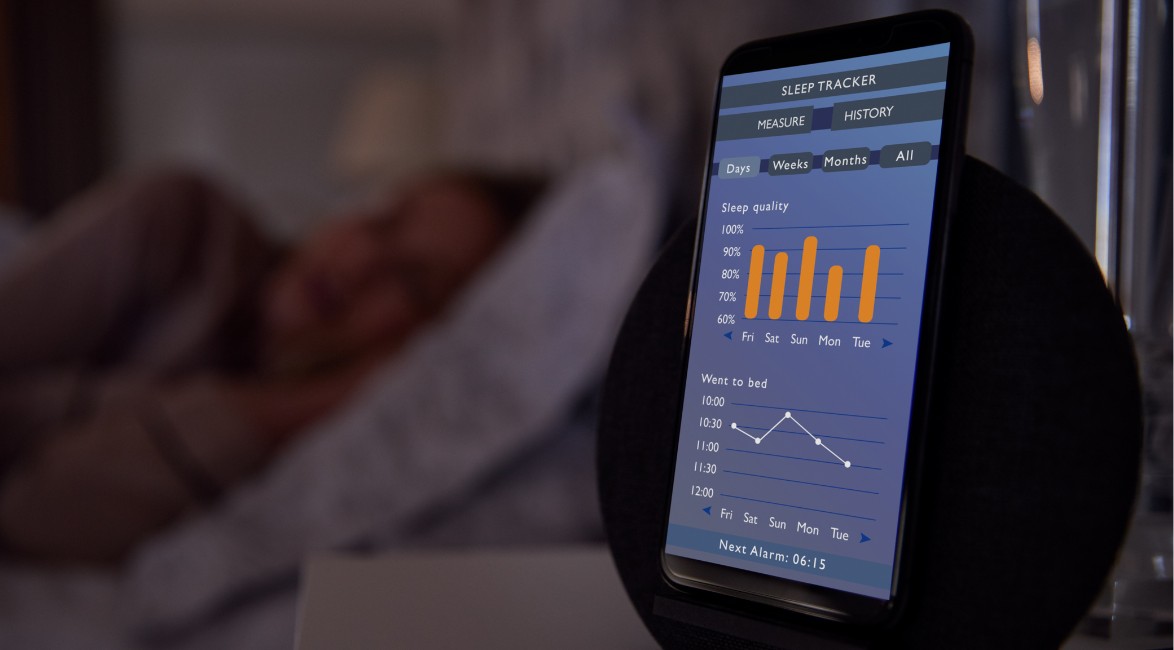
Noisy Nights
Apps that keep track of your snoring can be helpful for monitoring and analyzing the sounds you make while you sleep. These trackers often use your smartphone’s microphone or pair with other wearable devices to listen for snoring, providing you with useful data on how often you snore, how long each snore lasts, and how intense they are.
This data can help you and your doctor pinpoint trends in your sleep and identify potential triggers, such as sleep position, alcohol consumption, or congestion. This information can be useful on your way to getting a night of sleep free from snores.
Follow Your Heart
Your heart activity can tell you a lot about how you sleep. Can a Holter monitor detect sleep apnea, for example? It can certainly help you notice a pattern.
When you have a sleep apnea episode, your breathing stops for a moment. This can cause your oxygen levels to drop and lead to a stress response that raises your heart rate. Heart monitors and other wearable devices have heart rate sensors that can pick up on these changes.
These tools can give you invaluable data that your doctor can analyze and use to assess if you may have sleep apnea.
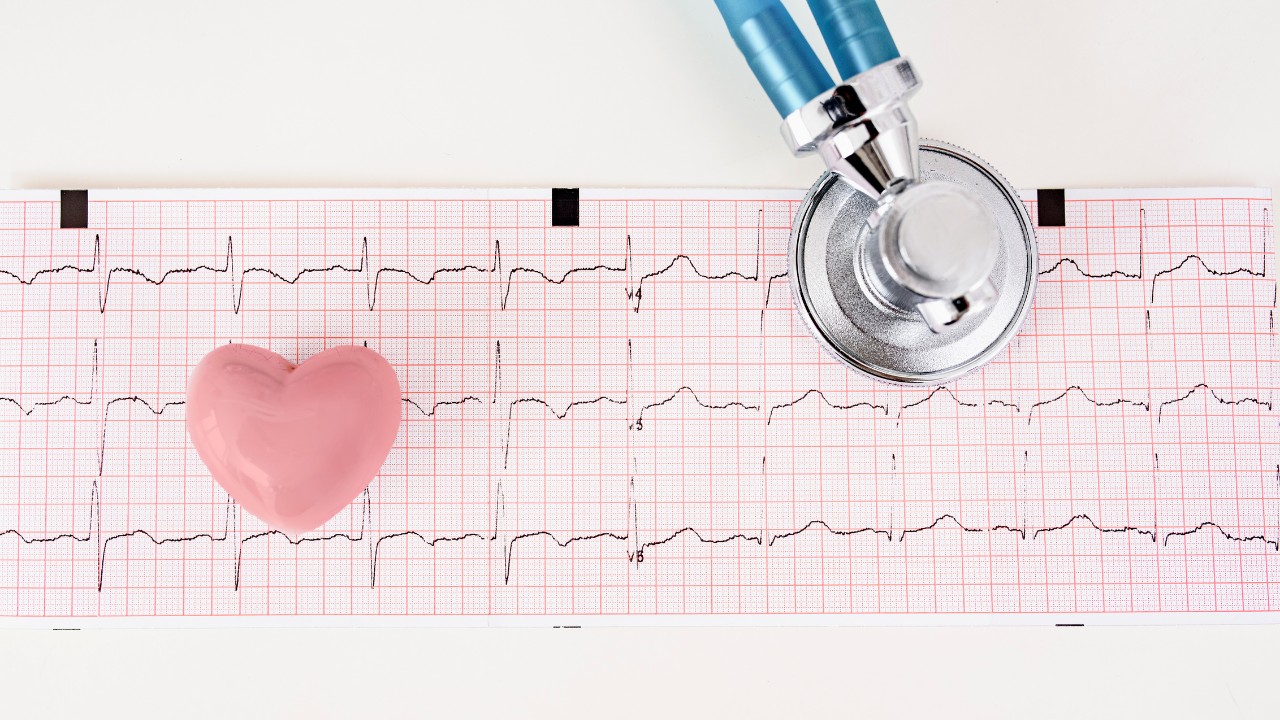
The Benefits of Wearables
When it comes to knowing how to monitor sleep apnea, wearable tech can be a gamechanger. Smart watches, rings, and fitness trackers all come equipped with sensors that can pick up on changes in your heart rate, oxygen, and sleep quality.
Many wearables also sync with apps. These apps often provide a report on your sleep health and provide you tips for peaceful slumber.
Each wearable device is a little different:
- Oura Ring: The Oura Ring cannot diagnose sleep apnea, but it can offer insights into sleep quality, for example, by detecting reduced deep and REM sleep, which may appear as increased awake time in the app.
- Fitbit: Similarly, Fitbits can keep track of your heart rate, oxygen saturation, and movement to highlight irregularities in breathing and sleep quality.
- Apple Watch: These days, Apple Watches have a sleep apnea feature that monitors your breathing during sleep and alerts you if it detects consistent signs of moderate to severe sleep apnea.
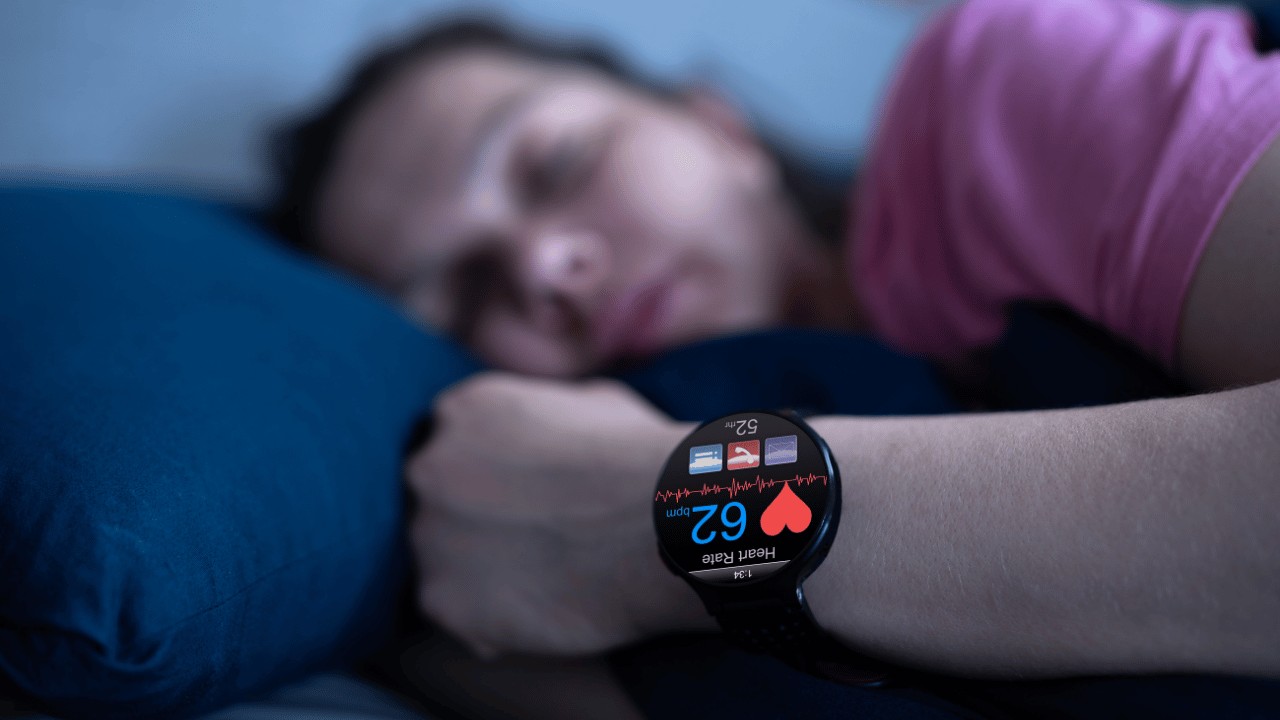
Dealing with the Symptoms
Once you’ve figured out that you have sleep apnea, how do you deal with it? At Optimal Circadian Health, we recognize that the answer looks different for everyone.
Our book, Sleep Apnea Solution, has tons of resources designed to help you on your journey to a good night’s rest including:
- New breathing exercises to try
- Nutrition tips
- Ways to reset your nervous system
- Regulating your circadian rhythm
And much more! Our goal is to find something that works for you and your health, because you deserve good sleep as much as anyone else.

